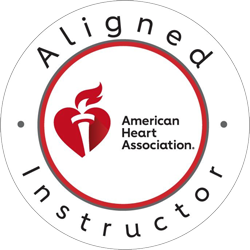Course Content Outline
A. Public CPR and First Aid Training
1. Introduction to Emergency Response
- Importance of early intervention in emergencies
- Role of a bystander in saving lives
- Overview of the course objectives
2. Recognizing Emergencies
- Signs of cardiac arrest, choking, and respiratory distress
- Common injuries in everyday life
3. Basic Life Support (BLS)
- Hands-only CPR for adults, children, and infants
- Use of an Automated External Defibrillator (AED)
- Recovery position for unconscious patients with normal breathing
4. Basic First Aid
- Wound care and bleeding control
- Recognizing and managing shock
- Simple splinting techniques for fractures
5. Scenario-Based Practice
- Role-playing common emergencies (e.g., cardiac arrest in a park, choking at home)
- Peer feedback and instructor guidance
B. Advanced Training for Agencies
1. Advanced Emergency Response
- Scene safety and risk assessment
- Role of professional responders (police, traffic wardens) in emergencies
2. Comprehensive CPR and AED Use
- Full-cycle CPR for adults, children, and infants
- Advanced use of AEDs, including troubleshooting common errors
3. First Aid and Trauma Care
- Managing severe bleeding with tourniquets and hemostatic agents
- Splinting for complex fractures
- Recognizing and stabilizing head and spinal injuries
4. Emergency Communication and Documentation
- Basics of radio communication (MIST format)
- Incident reporting and patient handover to medical personnel
5. Hands-On Training with Simulations
- Multi-casualty scenarios (e.g., car accidents, workplace injuries)
- Collaborative teamwork drills
